Living History – Wayne Kelly (Exchange Student – 1971)

One of the great things about running a website about Korean Buddhist temples is that you get to meet a lot of amazing people. And a lot of these amazing people have varying backgrounds, interests, and insights. Rather amazingly, some of these people first visited Korea in the 1960s, 1970s, and 1980s. Here are their stories!
1. Where are you originally from? Introduce yourself a little.
I’m a U.S. citizen but spent most of my childhood in Europe and much of my adult life in Asia.
2. When and why did you first come to Korea?
I arrived as an exchange student in late October, 1971. I was blessed to stumble into Korea at just the right time. Few spoke English, and fewer still had traveled outside the country. A peculiar guest in an enigmatic land, I entered an austere and sheltered society—insular and known for being so. The society that greeted me was warmer then. A kinder, people-centered milieu.
3. When you first came to Korea what city did you live? Did you subsequently move around?
I have only ever lived in Seoul, but I have visited all of the major cities and most of the minor ones on the peninsula. I was also an avid trekker in the 1970s and crisscrossed many of the mountain ranges. (Mt. Taebaeksan Sanmaek was my favorite.)
4. What was the first temple you visited in Korea?
The first one I can recall by name was Bomunsa Temple on Seongmo-do Island.
5. What drew your interest to Korean Buddhist temples? (Buddhism, architecture, art, history, etc)
Acquainting myself with Buddhism without plans to do so was like jumping into the ocean without knowing how to swim. I wanted to know what it was and what the monks did and why. The skeptic in me said it was all a bunch of hooey. But my soul knew I had stumbled upon an opportunity to do something about my spiritual apathy. Here is a bit more of that backstory: A monk states the obvious to a troubled American.
6. What is your favourite temple? Why?
I am a bit partial to Hwagyesa Temple because that’s where I did a summer Gyeolchae retreat, and where I met Seungsahn Daeseonsa-nim (1927-2004).
7. What temple or hermitage has changed the most from when you were first got here? What has changed about it?
Most temples have changed quite a bit as far as size and condition of facilities. When I first arrived, many were dilapidated and poverty-stricken. Much like most of the rest of Korea.
8. What was the most difficult temple to get to? How did you get there?
Again, other than those in or near the cities, many of the temples/hermitages were difficult to access due to lack of infrastructure and travel conditions. Once you left the city, most of Korea’s roads were unpaved and in poor condition.
9. Did you remain in Korea or did you return home?
Other than the years of my deportation during the Park regime (1962-79), I lived in Korea continuously for a total of over 25 years. I still regret my departure in 2001 due to family issues.



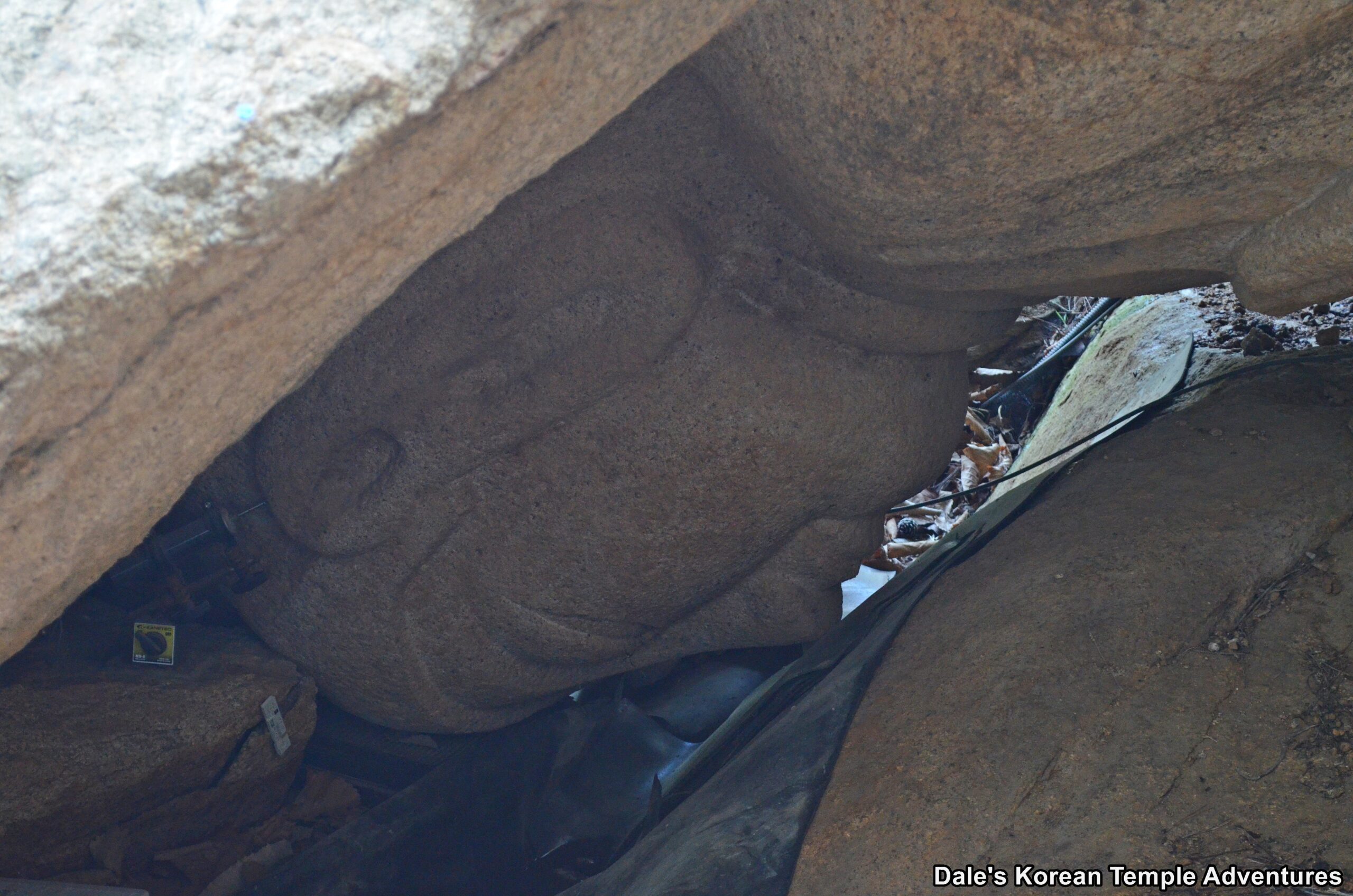

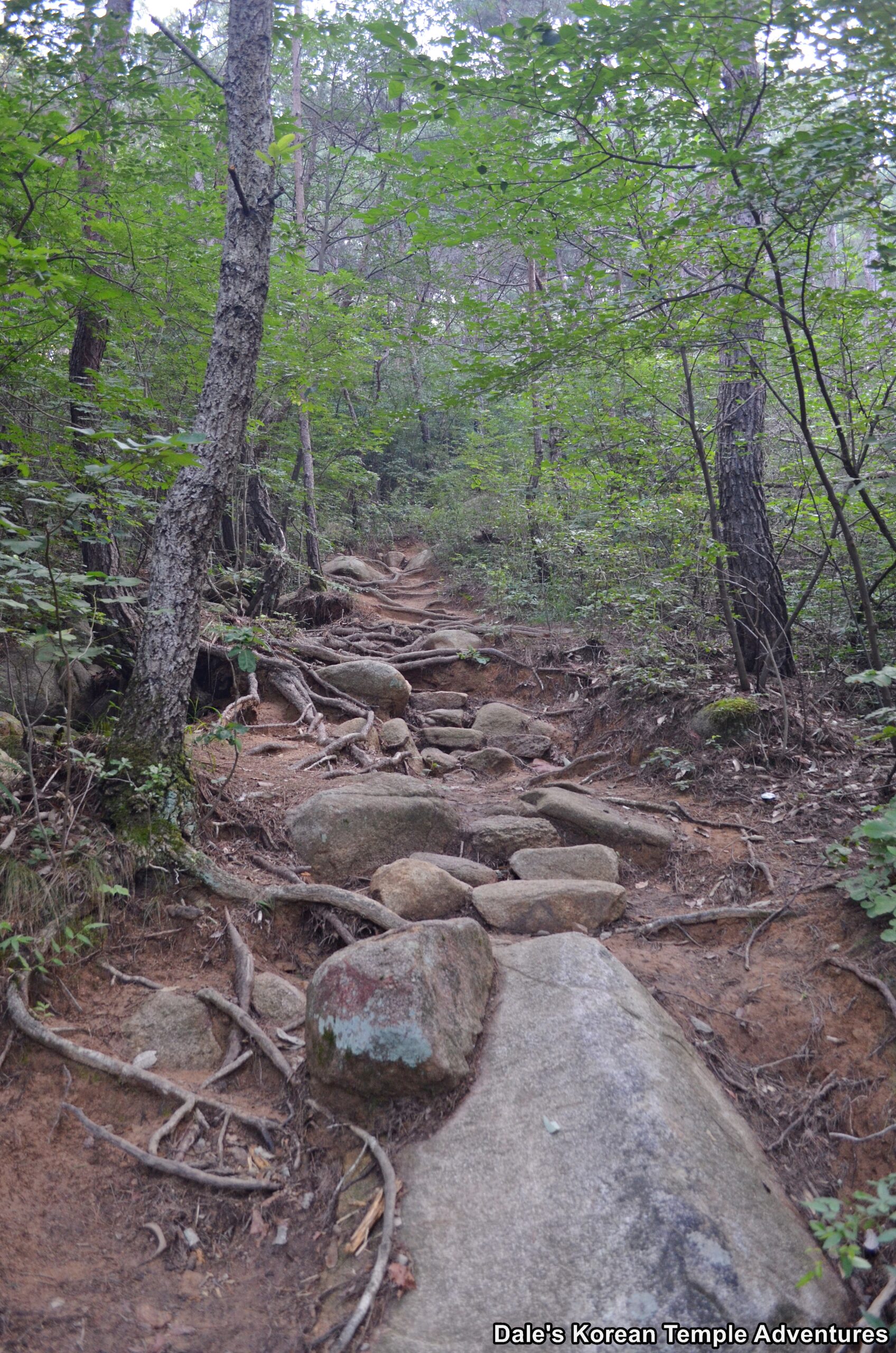
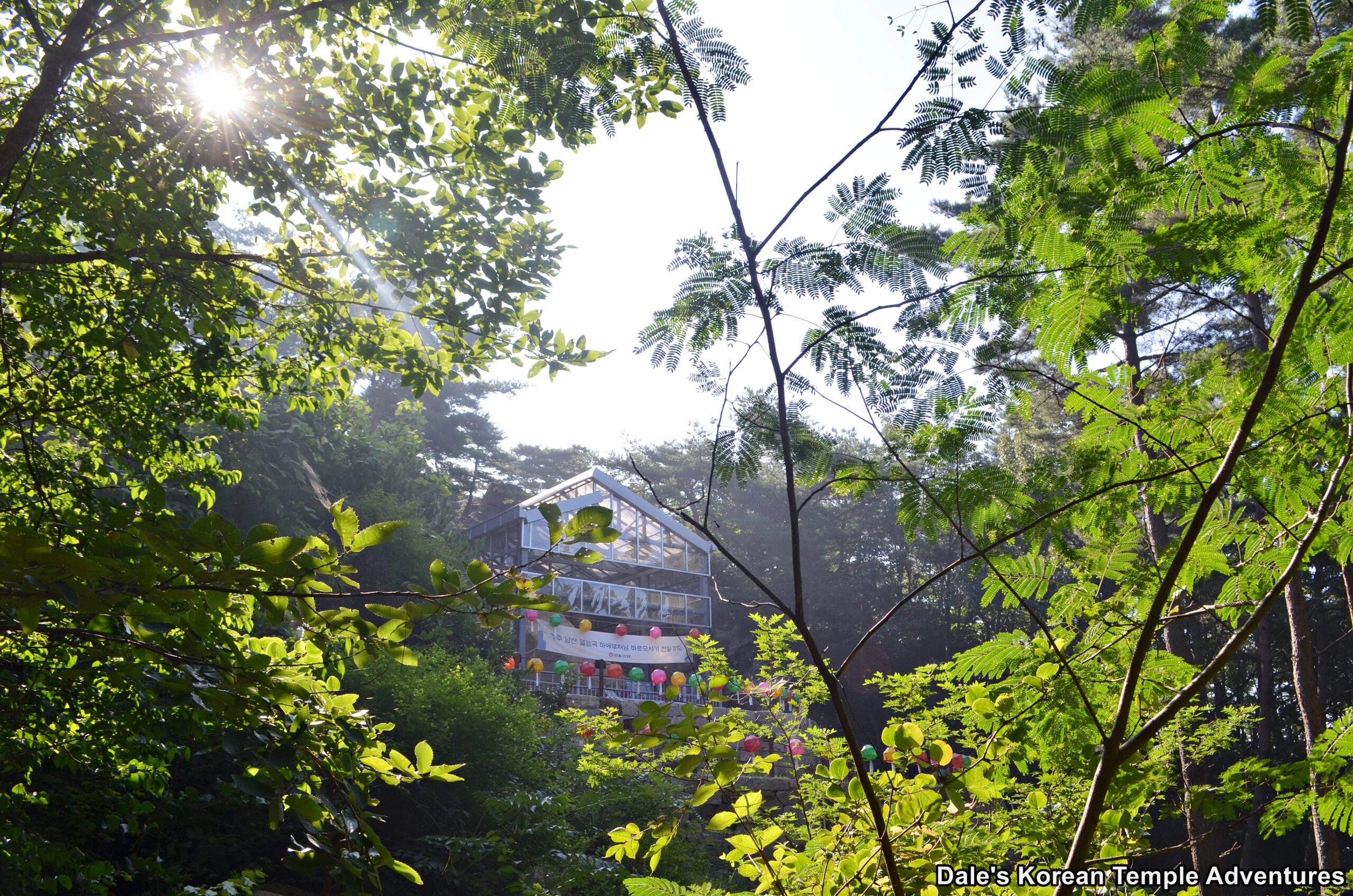

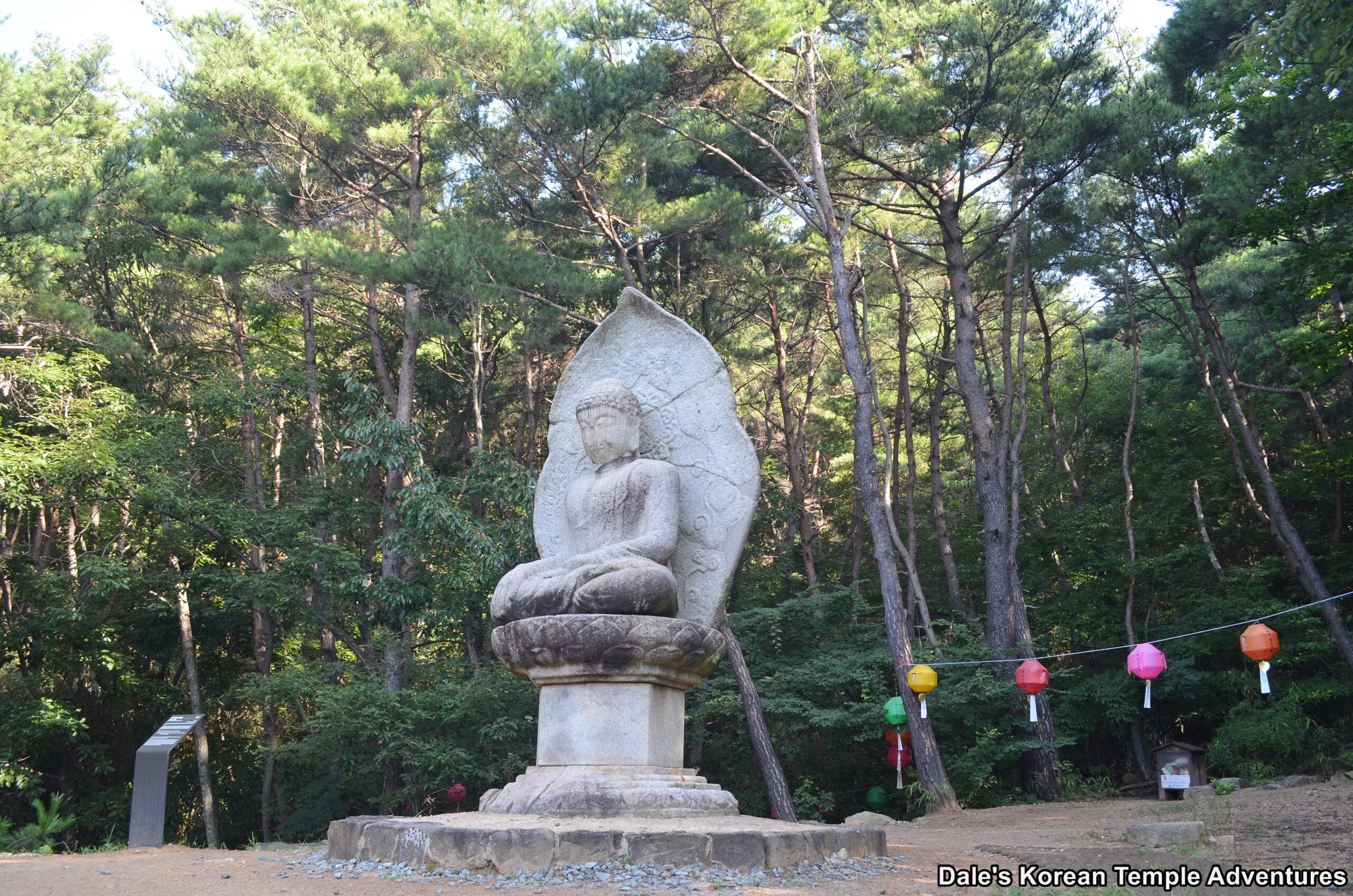
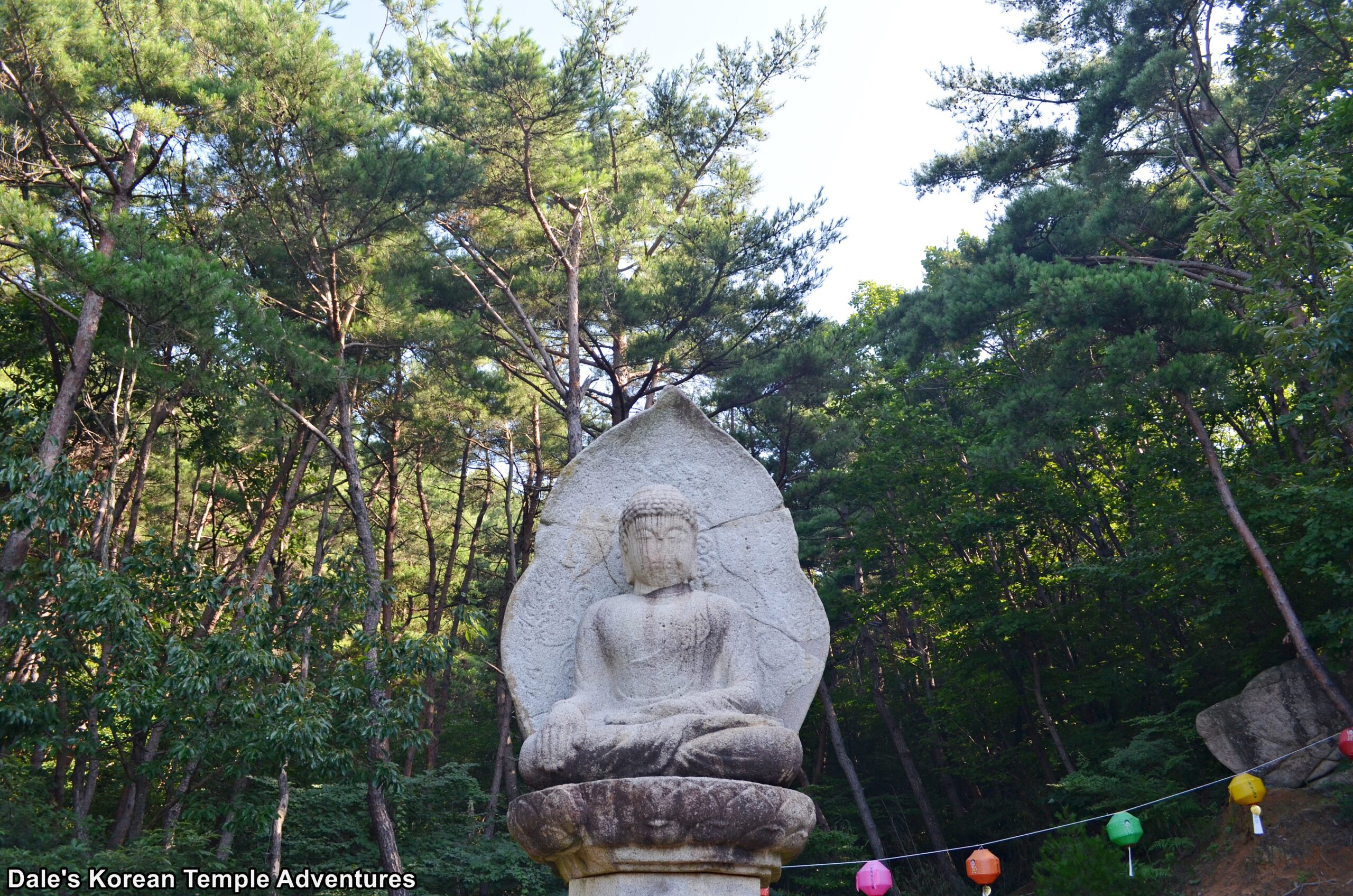
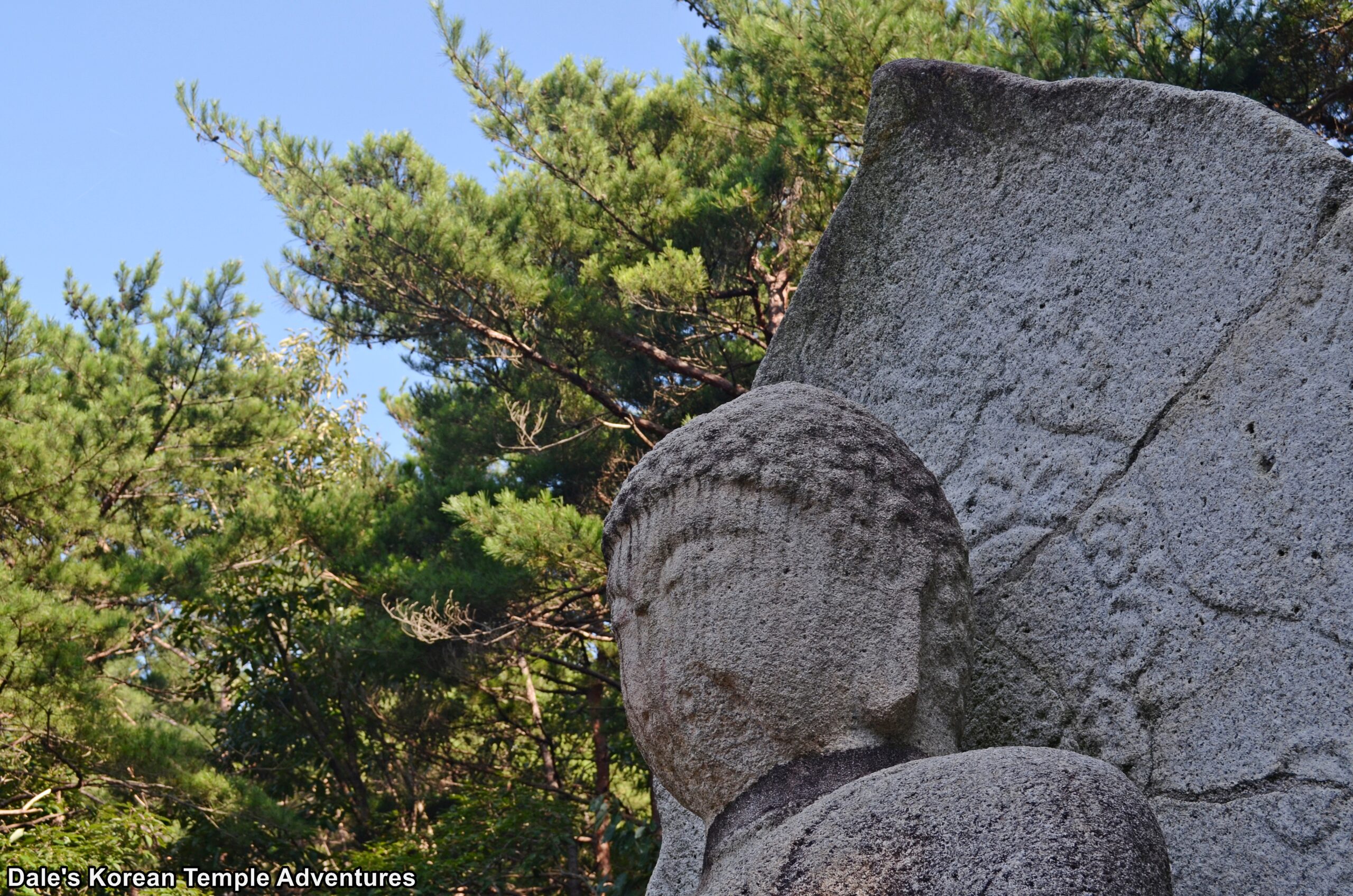

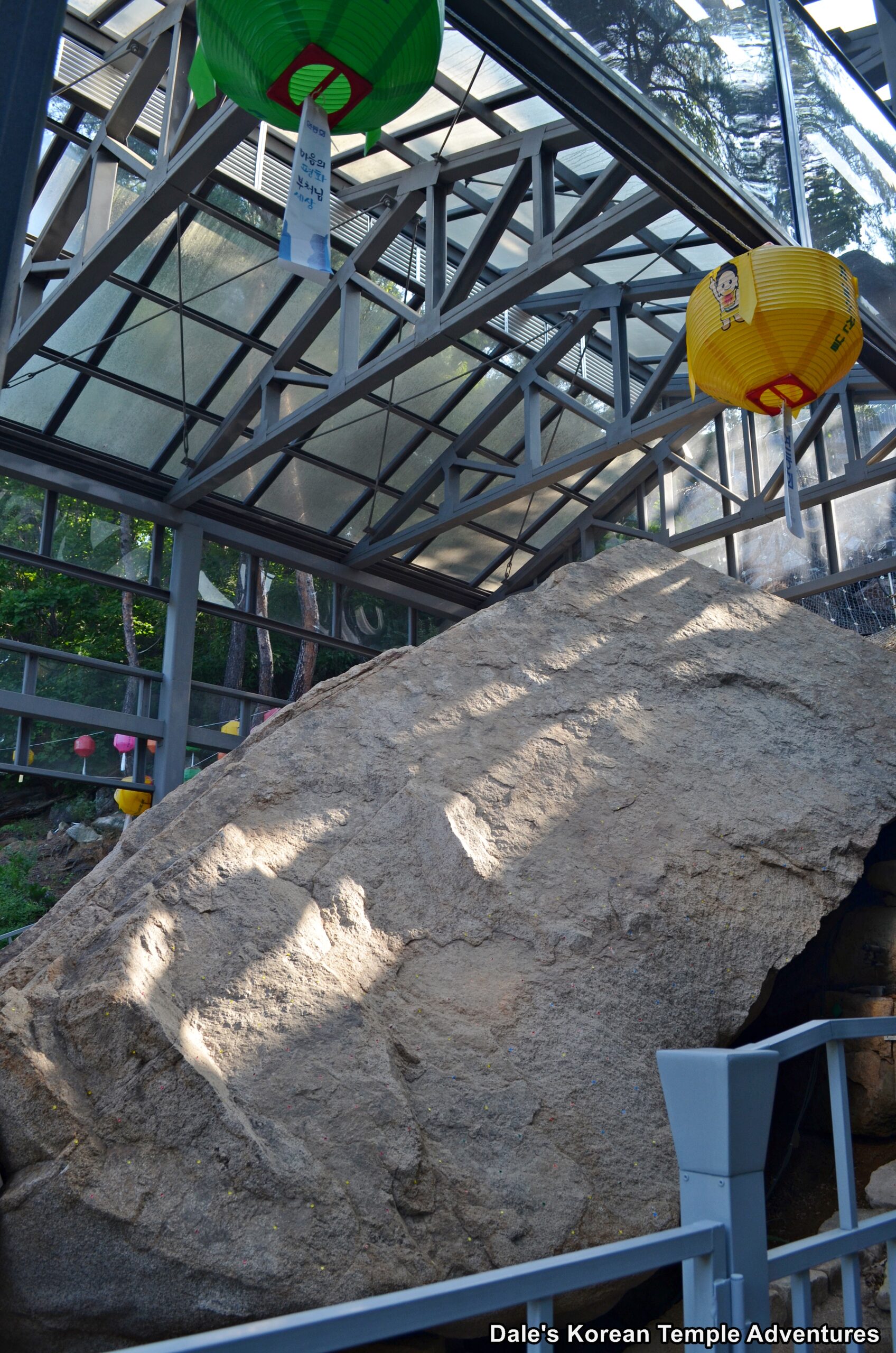
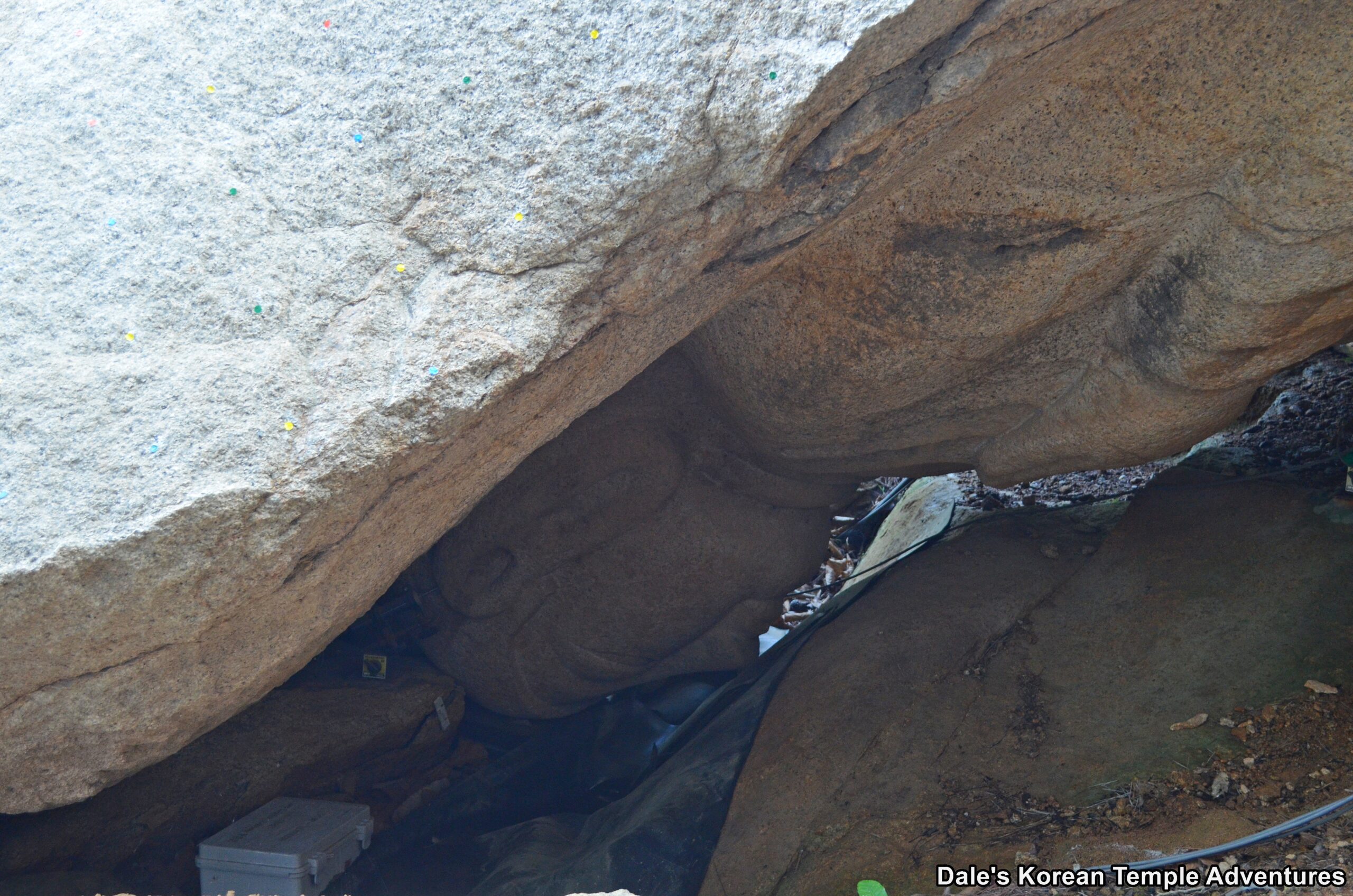
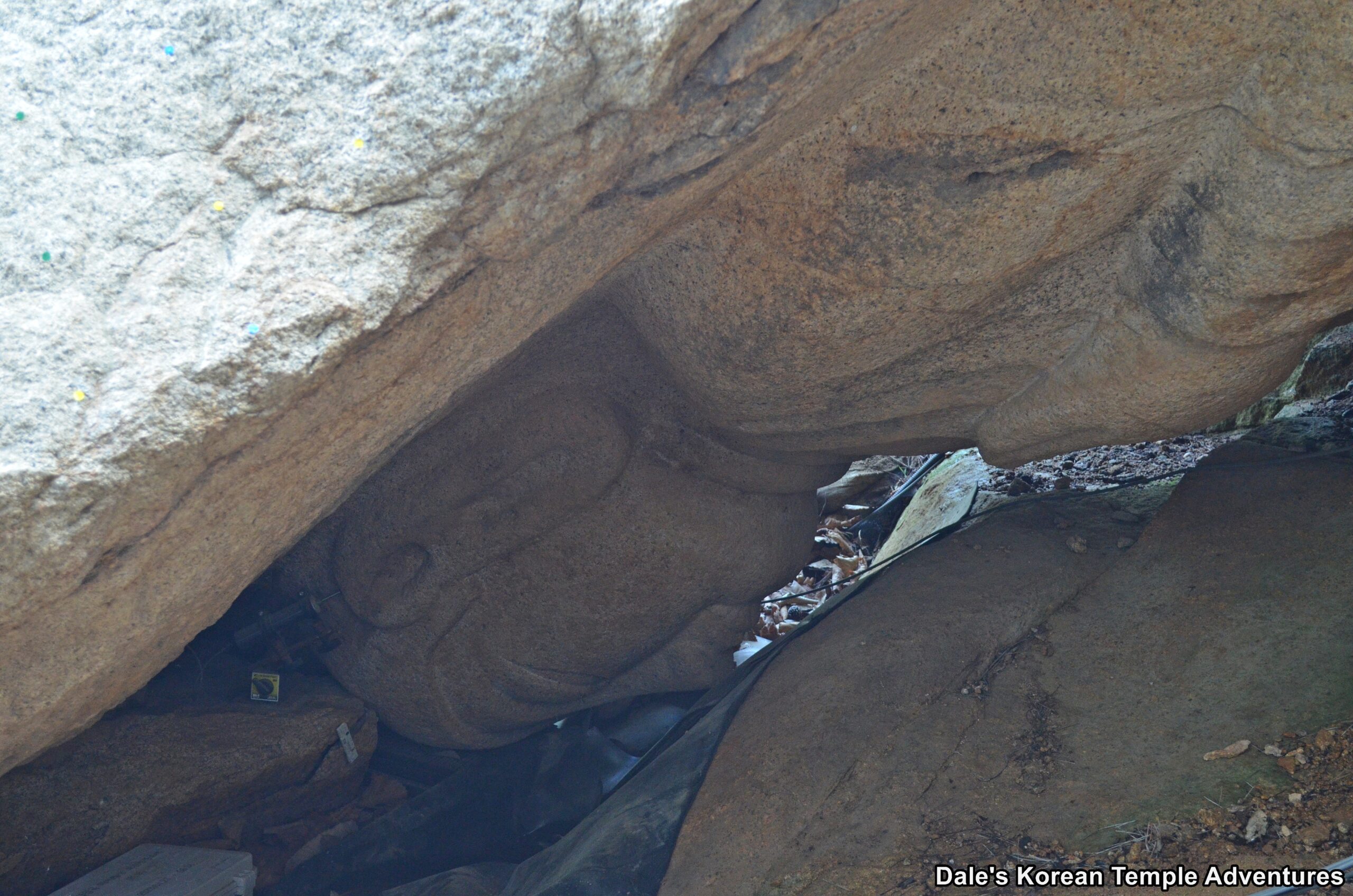


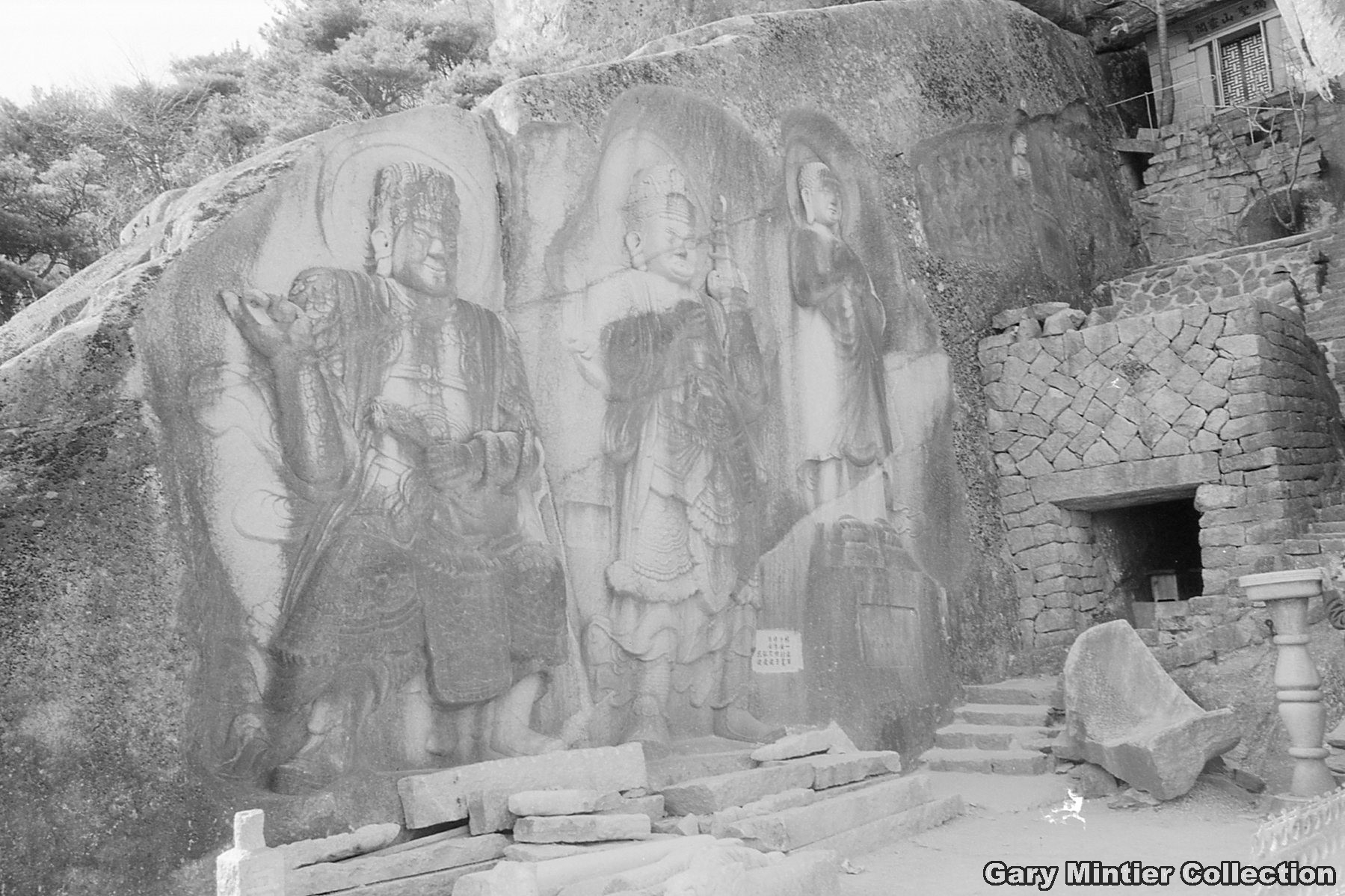
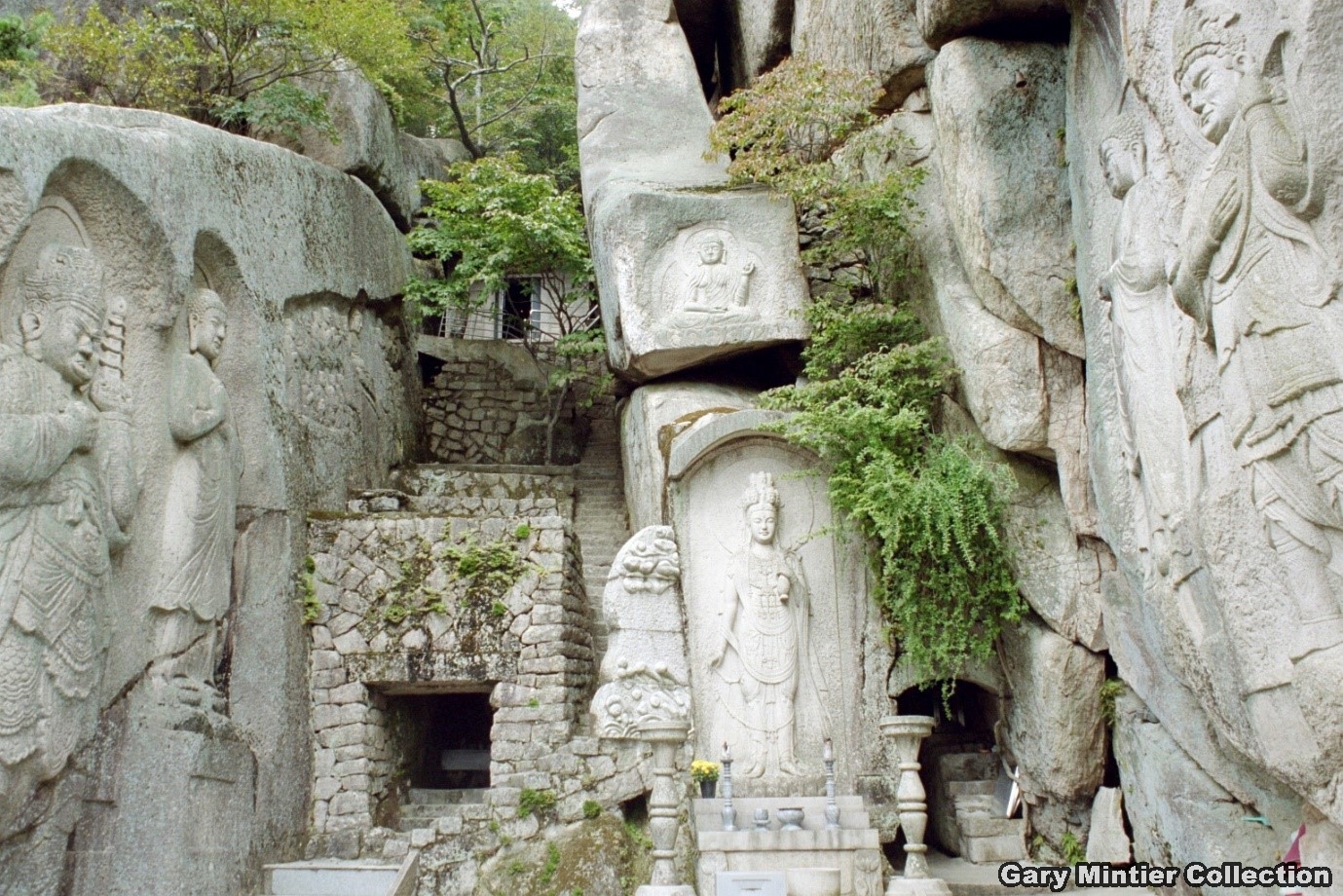
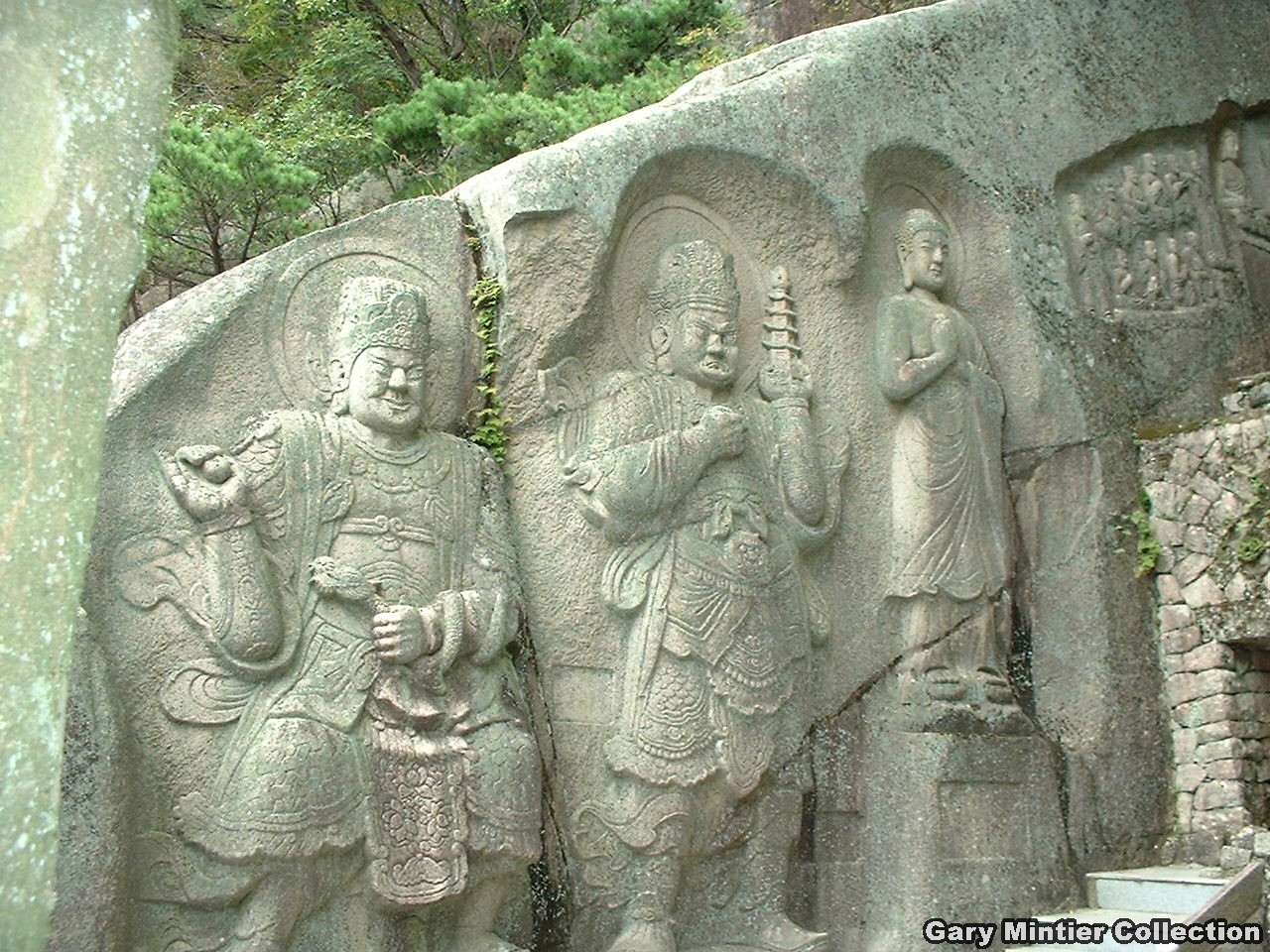
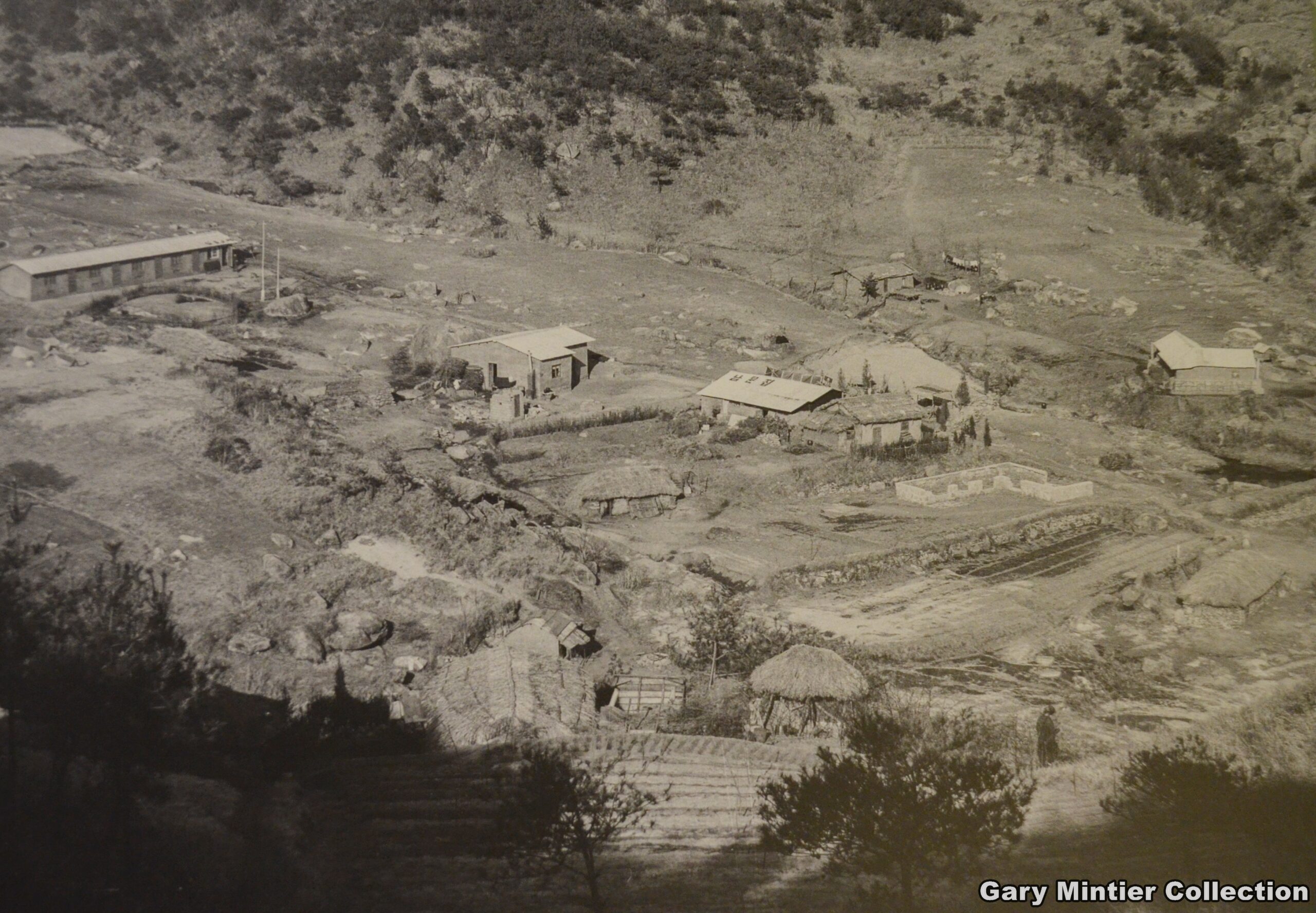
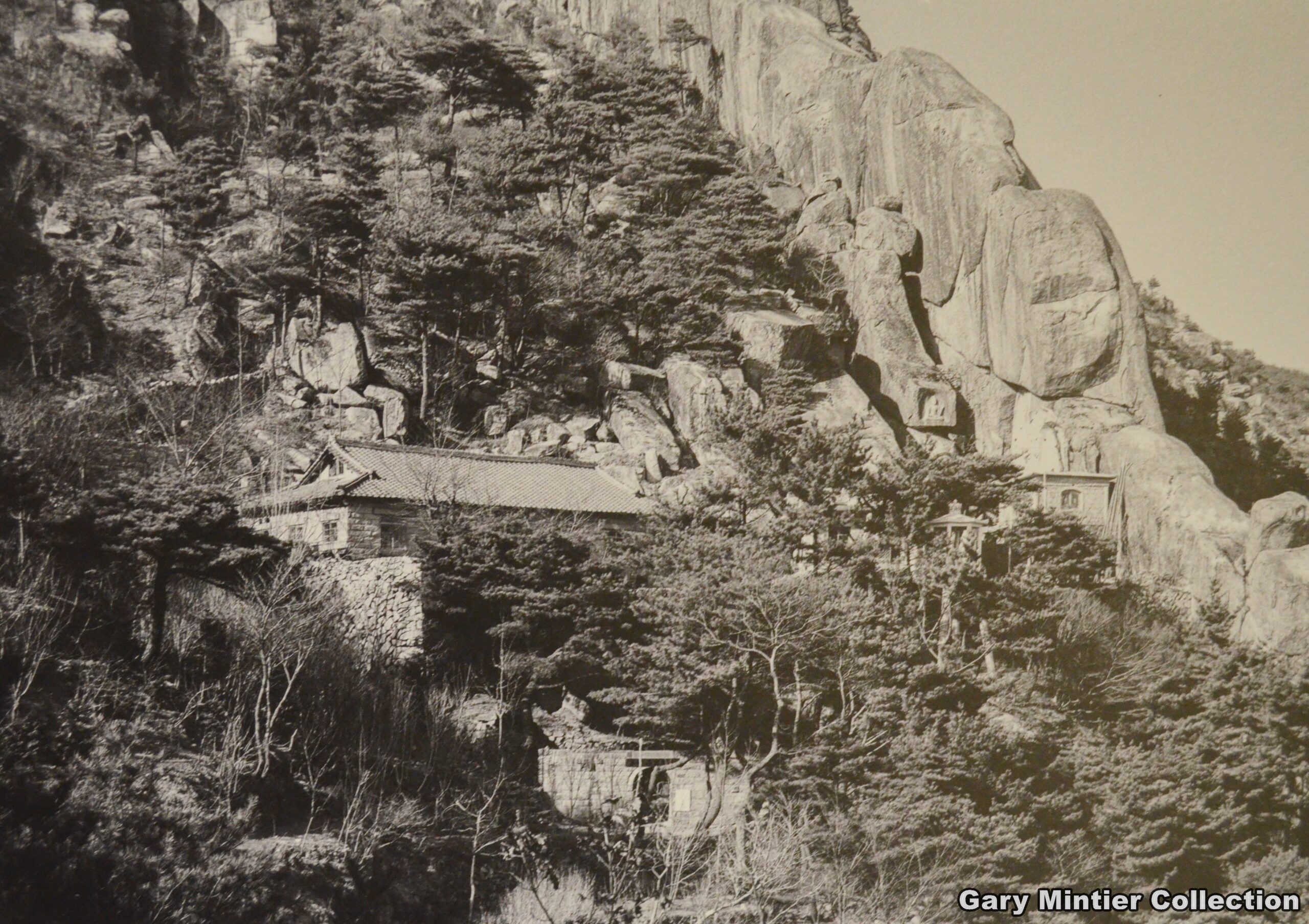

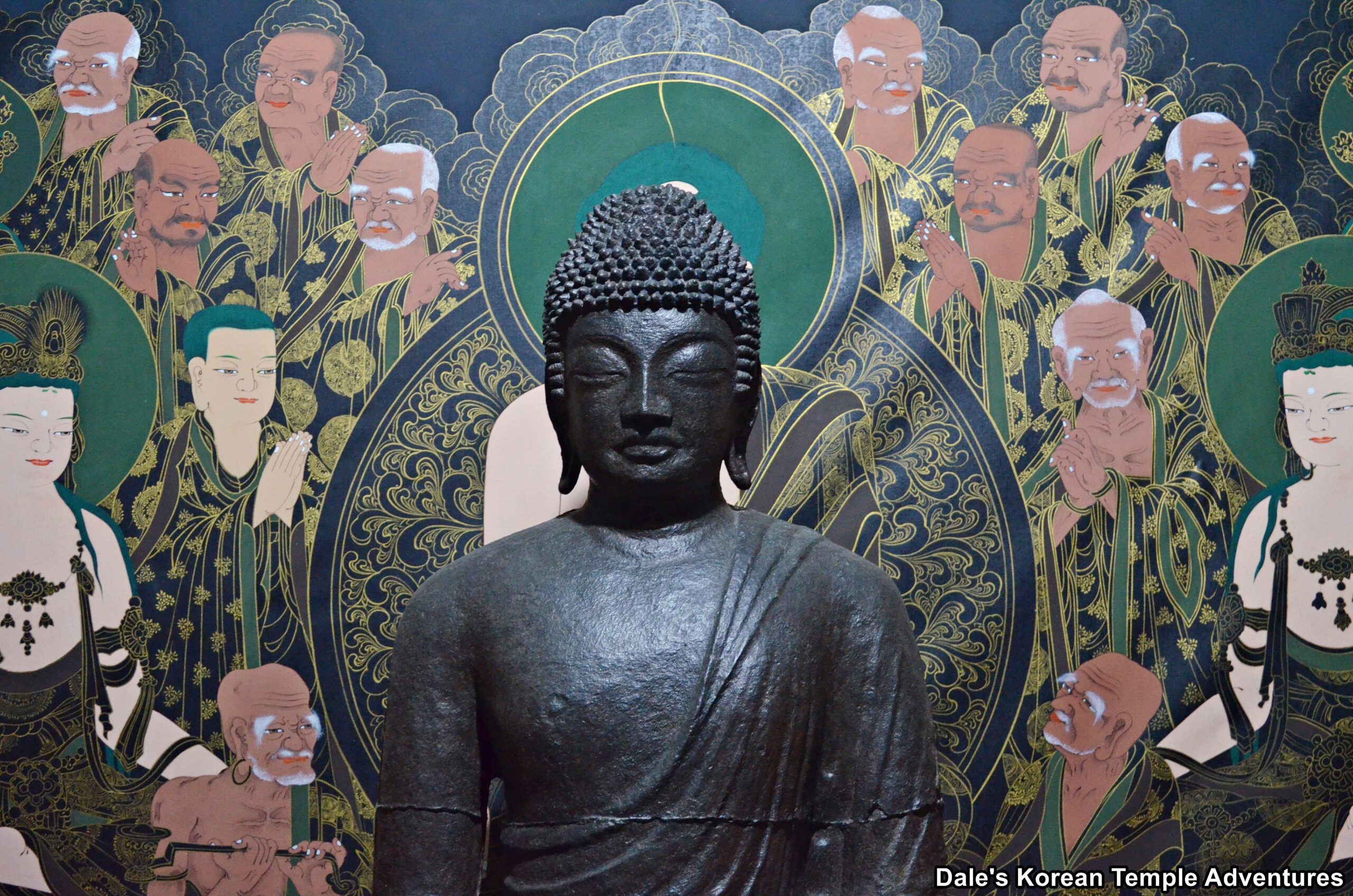
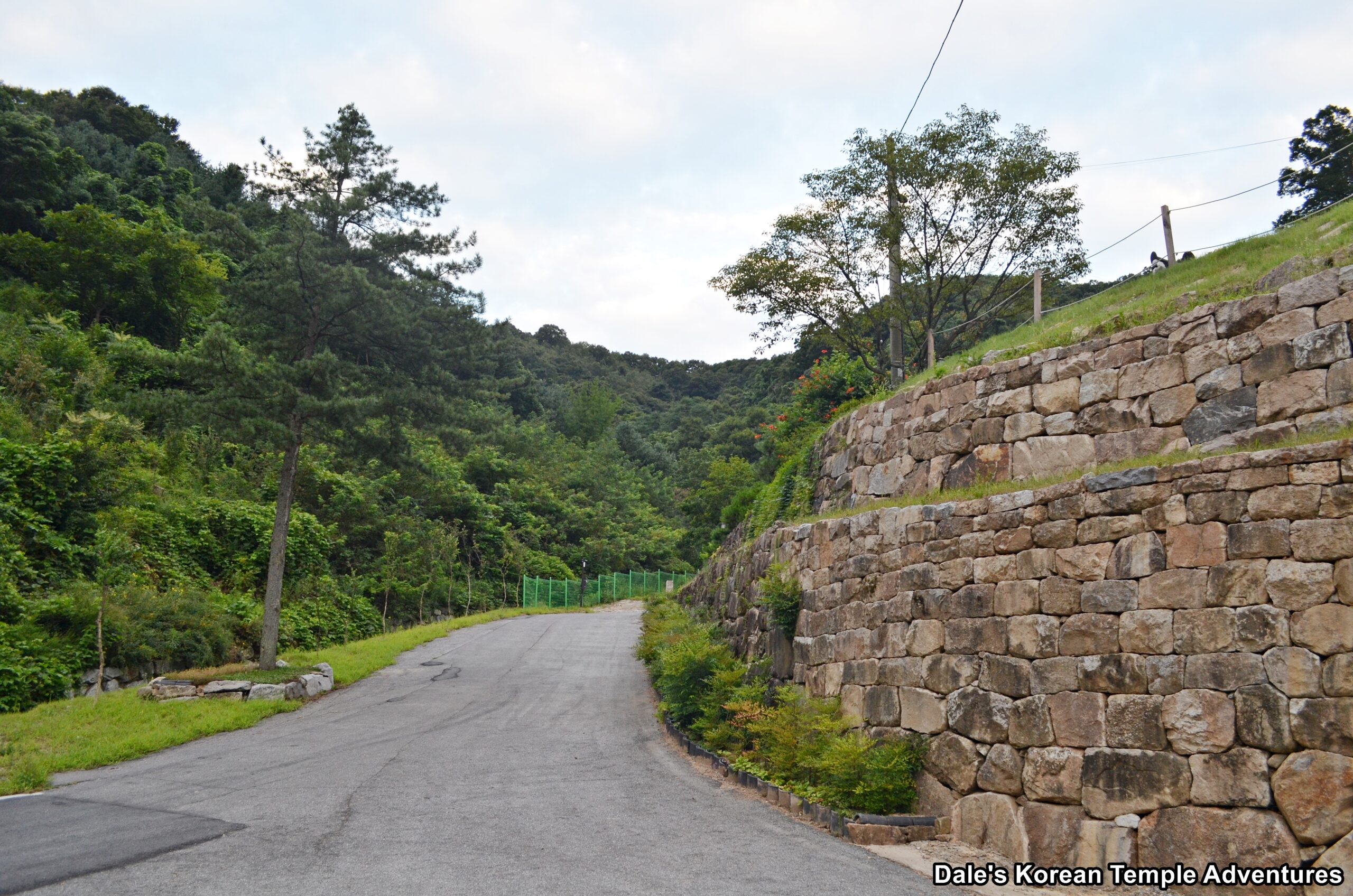
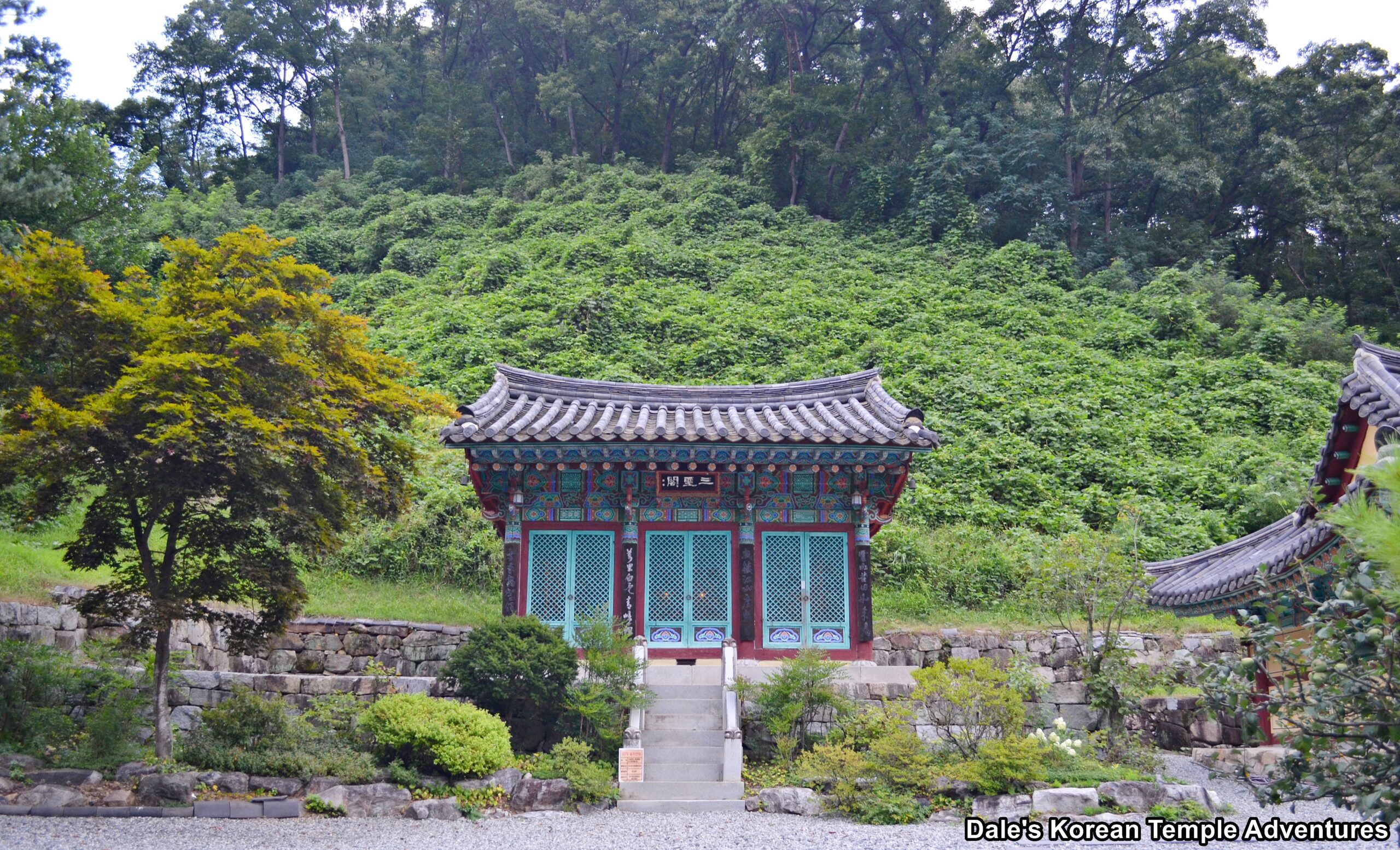
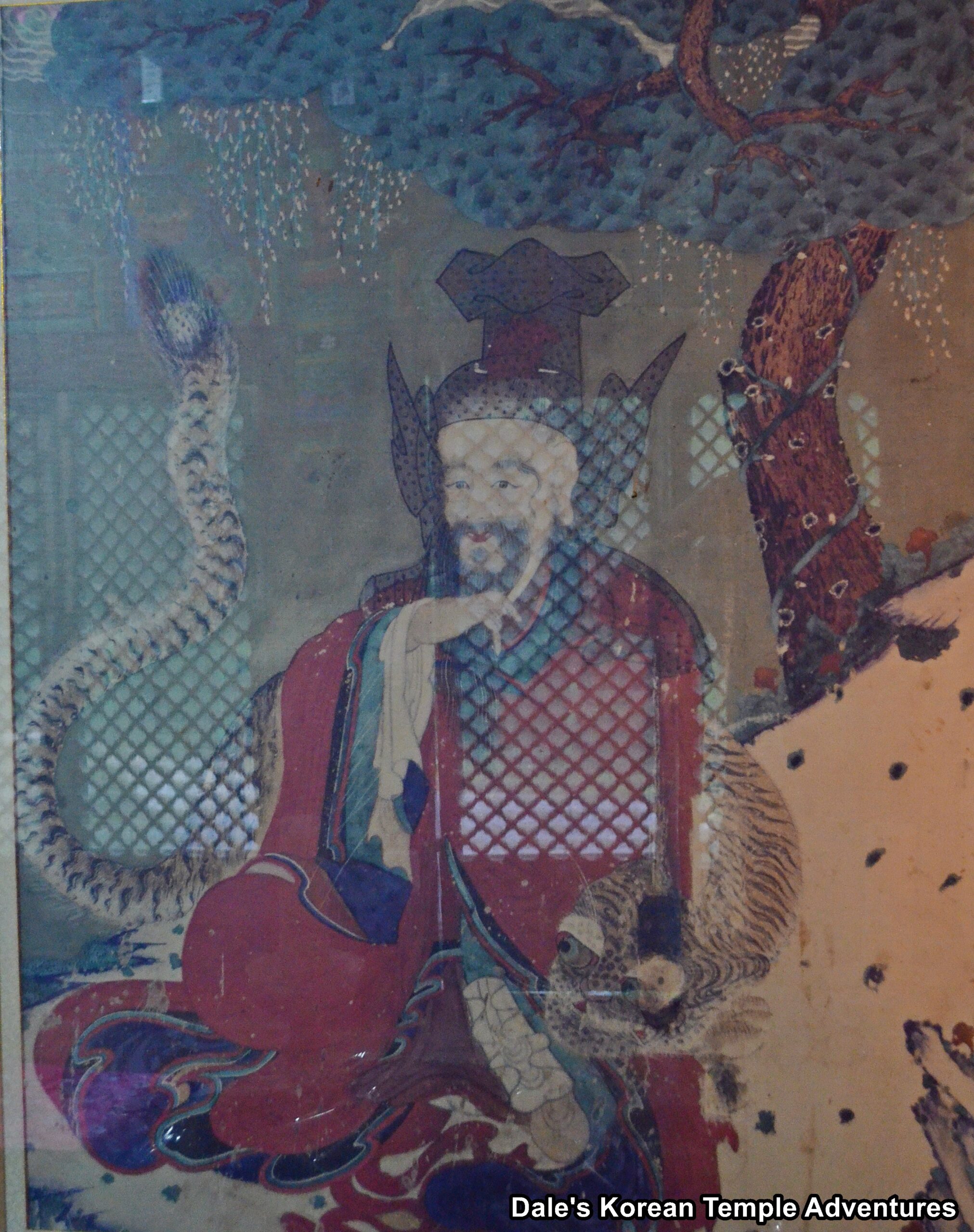
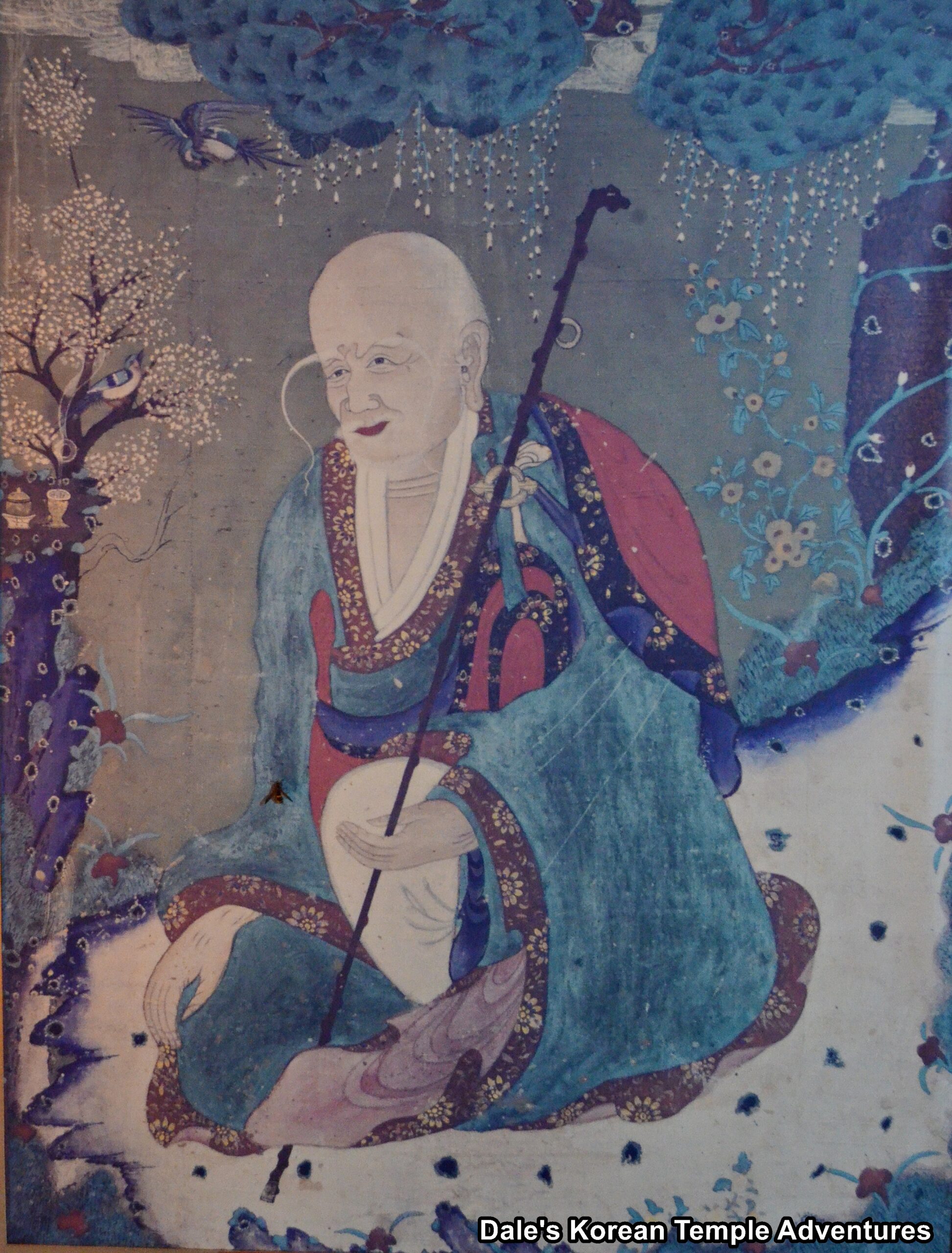
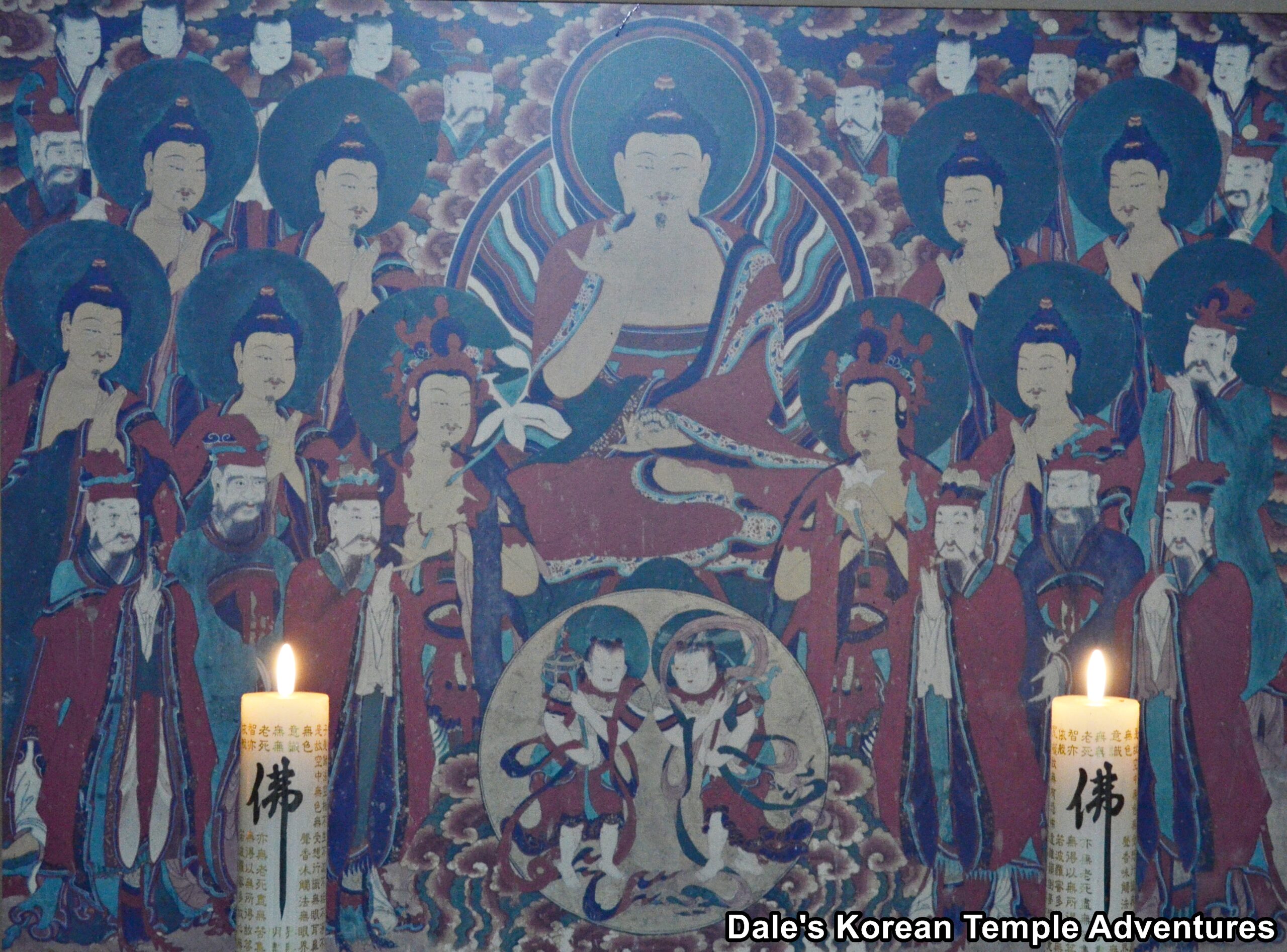

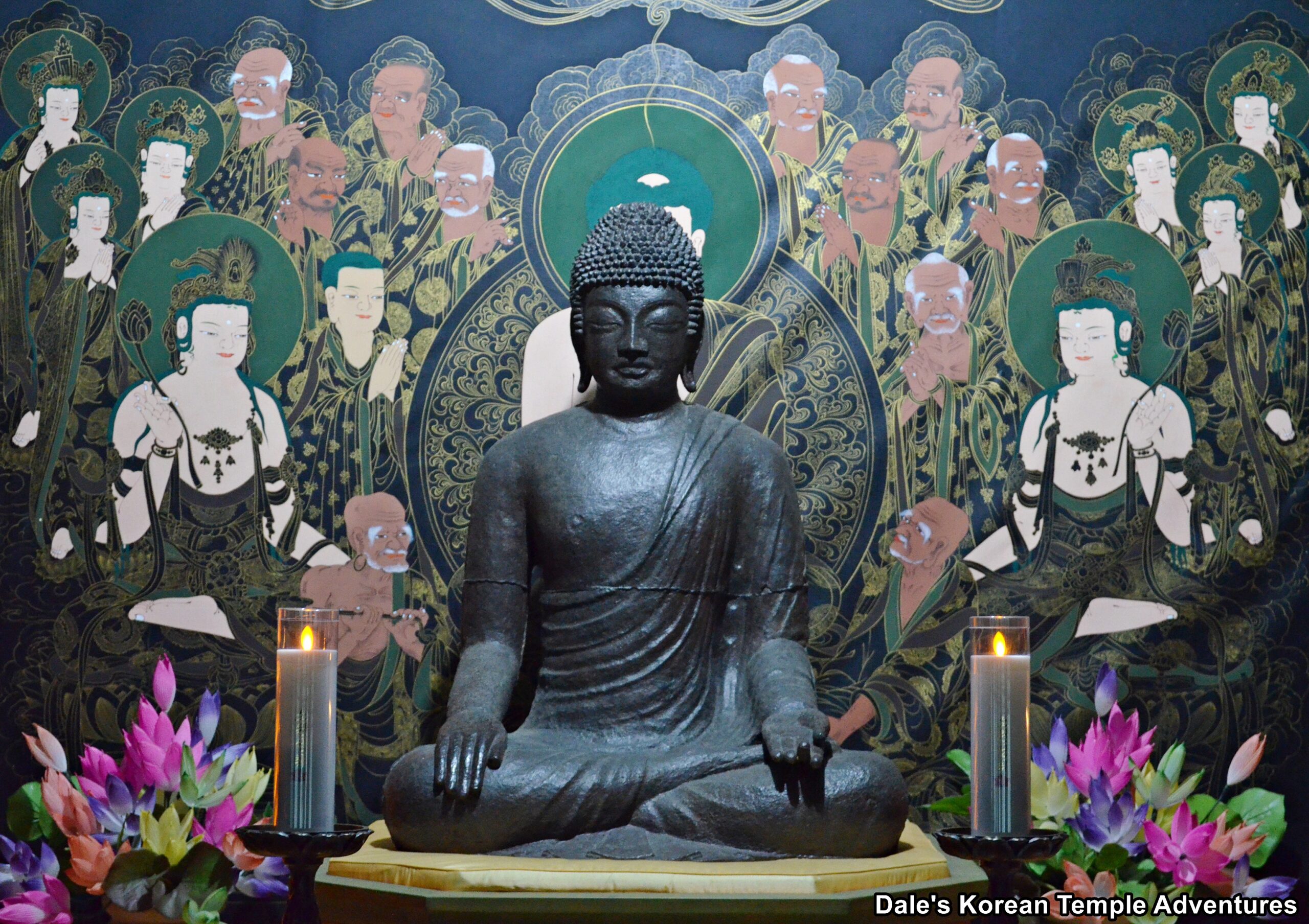
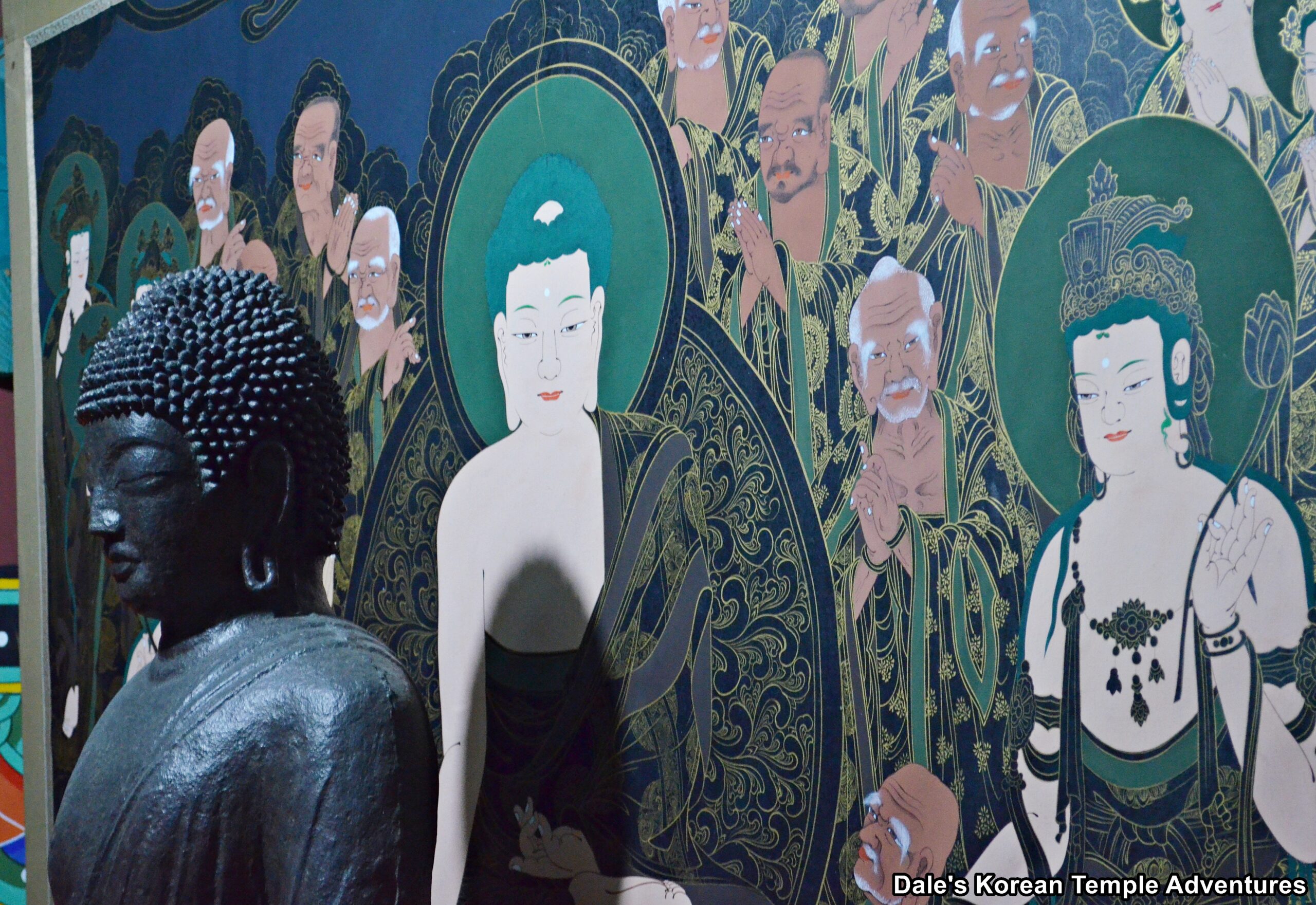
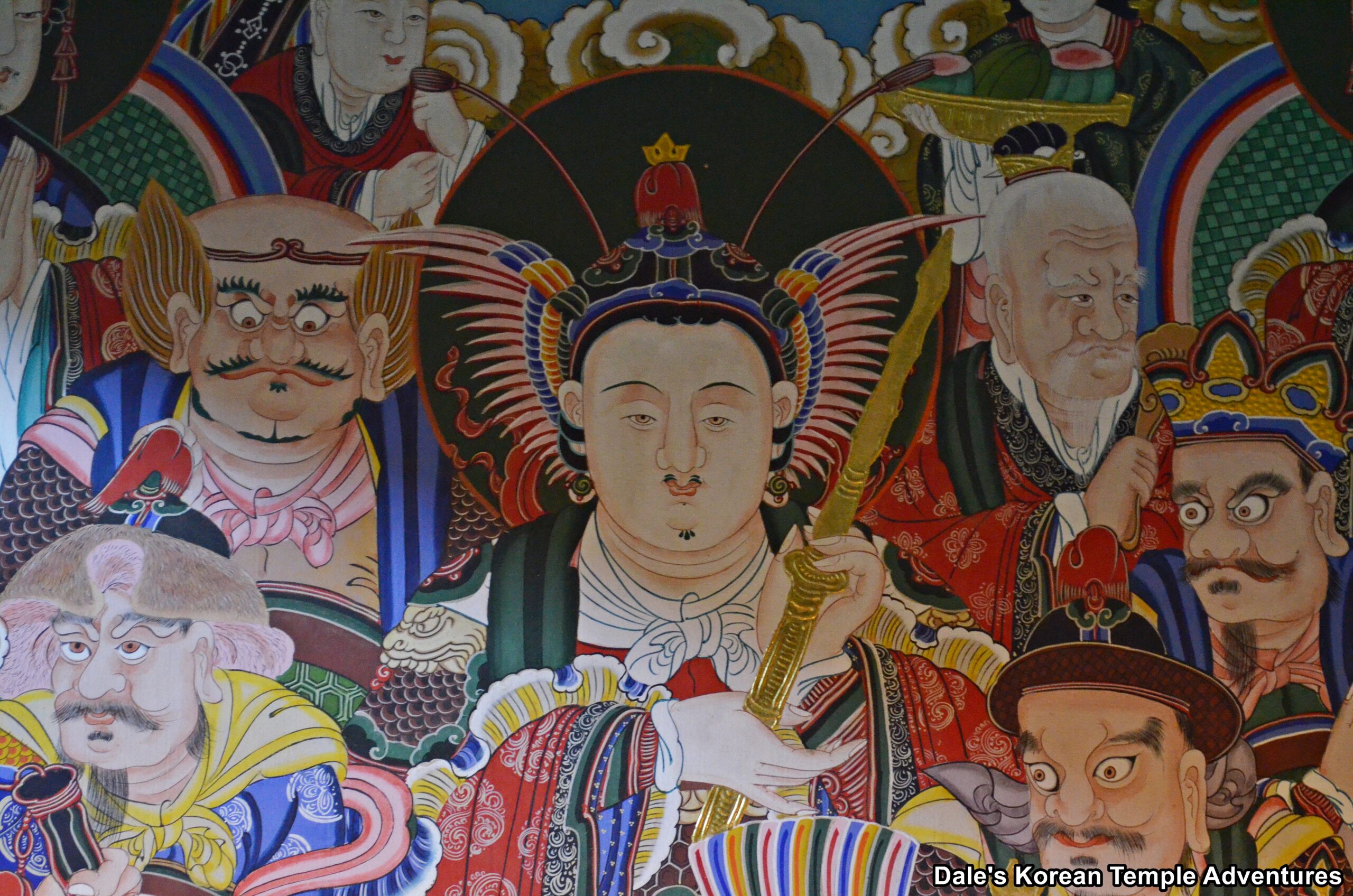
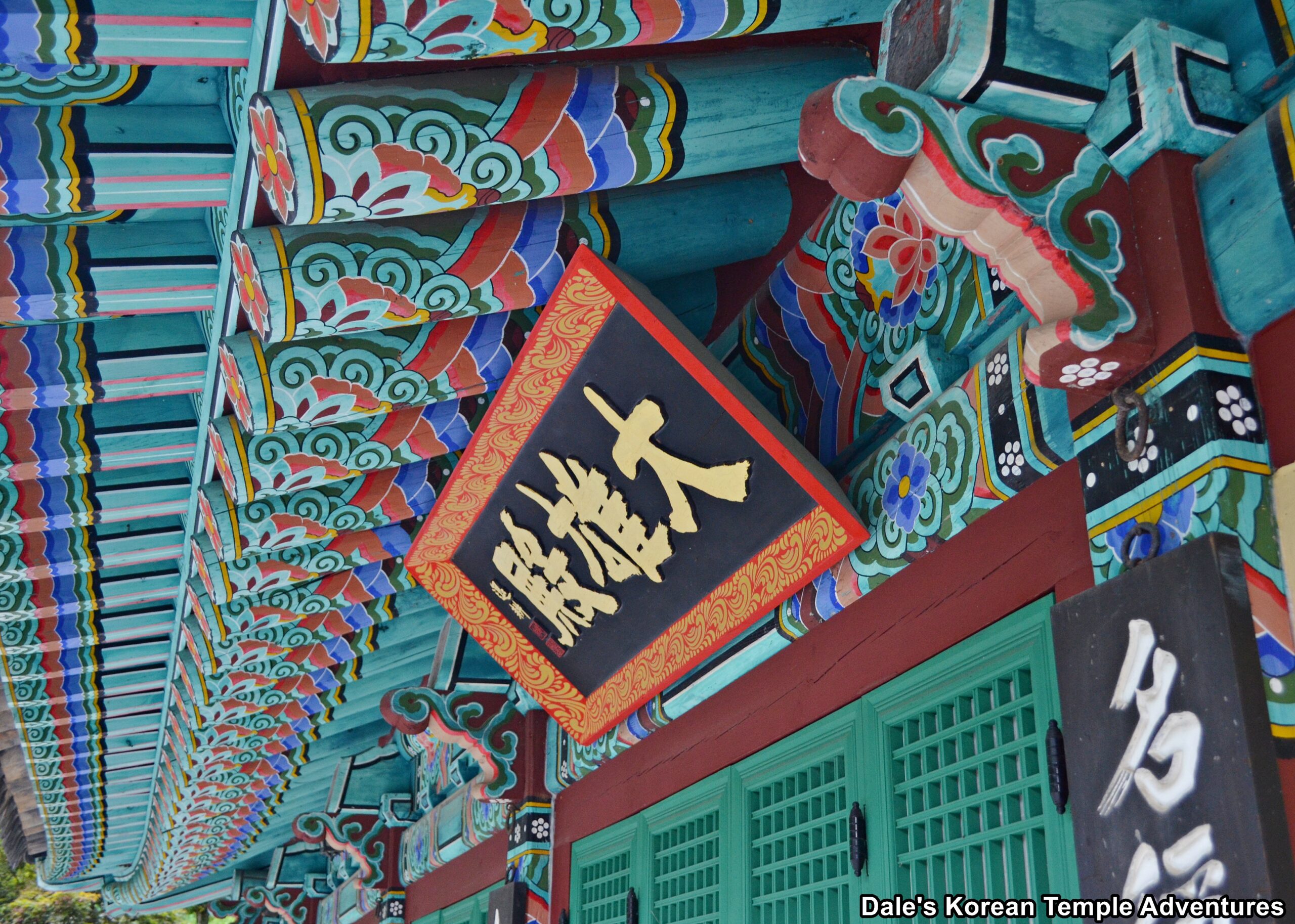
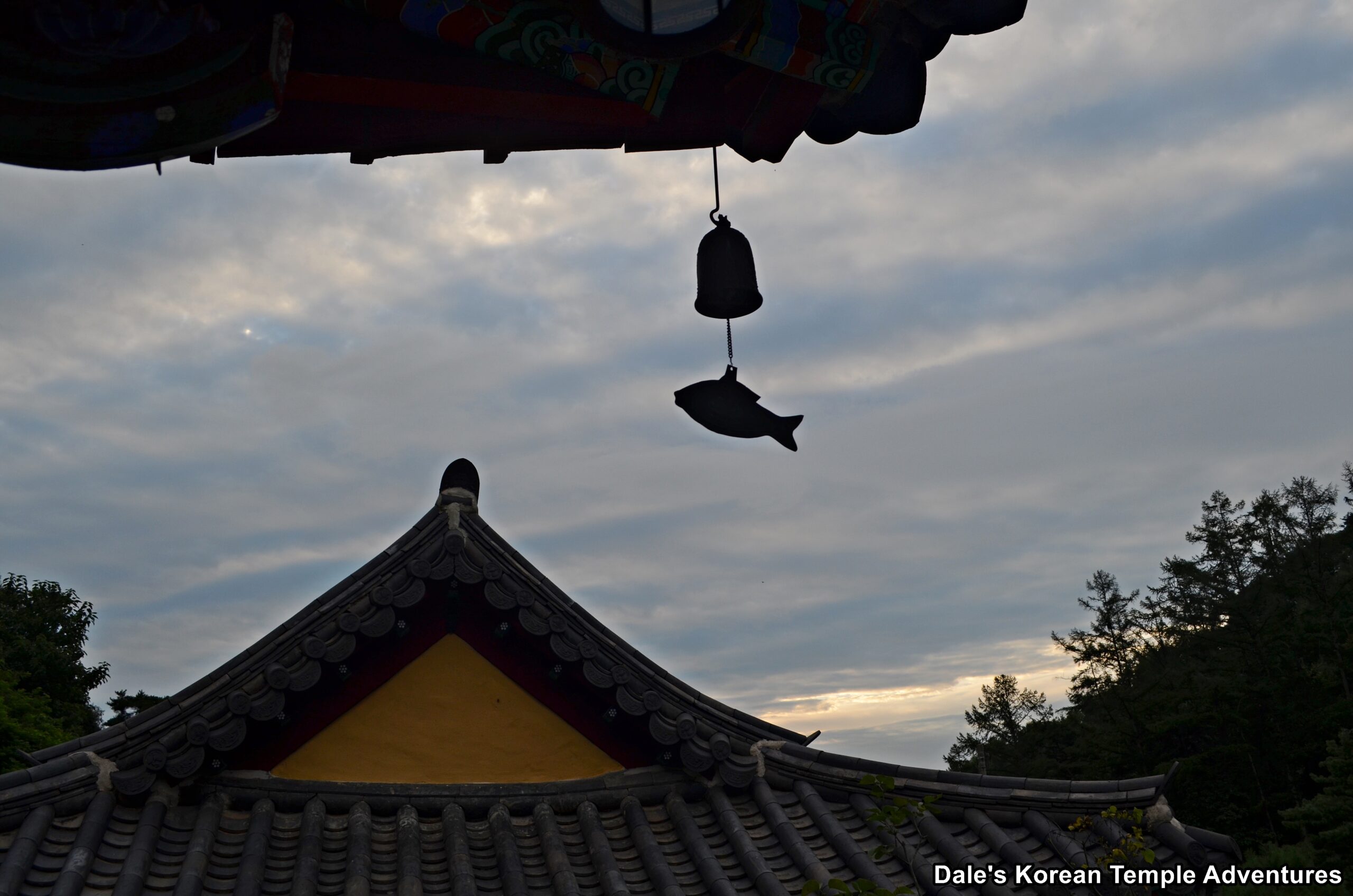

 Learn to read Korean and be having simple conversations, taking taxis and ordering in Korean within a week with our FREE Hangeul Hacks series:
Learn to read Korean and be having simple conversations, taking taxis and ordering in Korean within a week with our FREE Hangeul Hacks series:
Recent comments